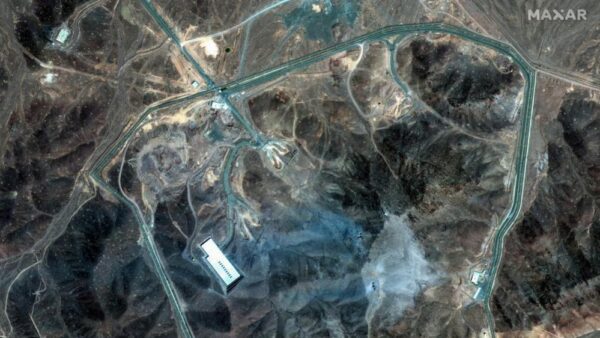In a move that has caught the world’s attention and spark fear in everyone’s heart, U.S. with their warplanes carried out a precise strike on three Iranian nuclear sites Fordow, Natanz and Isfahan. The mission was shrouded in secrecy and marked by impressive military strategy and stealth technology of US. But also arises global concern in world war 3.
Where Did the Planes Take Off From?
Interestingly, the bombers involved were B-2 stealth bombers that took off from their base all the way in Missouri. At first, some of these planes were spotted heading toward Guam in the Pacific, which many experts believed was a show of force or pre-positioning for a possible strike on Iran. But that was actually a clever distraction. The real group of seven B-2 bombers flew east, quietly and undetected, for a gruelling 18 hours — staying silent on communications and refuelling mid-air multiple times — before reaching their targets in Iran.
What Airspace Did They Use?
To avoid detection, these bombers took a carefully planned route through Missouri to Australian waters then going through friendly airspace over India to silently entering Iran. Although these planes could not be detected with the technology these countries have. This helped them steer clear of Iran’s radar and air defences. Flying low and maintaining radio silence was crucial to keeping the element of surprise intact.
What Was the Strategy Behind the Bombing?
The U.S. wanted to strike hard but smart like always. The plan was to hit key nuclear enrichment sites of iran and command centers simultaneously, disrupting Iran’s nuclear program without causing unnecessary destruction. For this mission United States used precision-guided bombs meant they could minimize collateral damage while achieving maximum impact on these 3 key nuclear sites Fordow, Natanz and Isfahan.
What Bombs Were Used?
These strikes relied on some of the most powerful bombs in the world and U.S. arsenal — including the GBU-57 Massive Ordnance Penetrator (MOP). This bomb is specifically designed to destroy deeply buried, fortified targets, like the underground nuclear facilities enrichment plant Iran has built. Alongside that, they used laser-guided JDAMs to take out above-ground structures precisely after that they dropped GBU-57 on these sites to penetrate deep down in Fordow nuclear enrichment plant.
What Happened Afterward?
After delivering their payloads and successfully destroying these nuclear enrichment plants , the B-2s retraced their stealthy path back through allied airspace, avoiding Iranian air defenses. All the planes made it back safely to Missouri. Meanwhile, the region went on high alert, and diplomatic efforts ramped up quickly to prevent further escalation.
Global Reaction and What’s Next?
Unsurprisingly, Iran condemned the attack fiercely, promising retaliation and also Iran said they had already evacuated these nuclear enrichments plant so they did not suffered irreplaceable damages. Western allies expressed cautious support, viewing it as a necessary step to halt Iran’s nuclear ambitions. The strike has significantly raised tensions in the Middle East, and many experts warn that this could if not dealt with cool mind could be start of world war 3.

5 thoughts on “U.S. Airstrike on Iran 2025: How Operation Midnight Hammer Targeted Nuclear Sites with B-2 Bombers and MOPs”